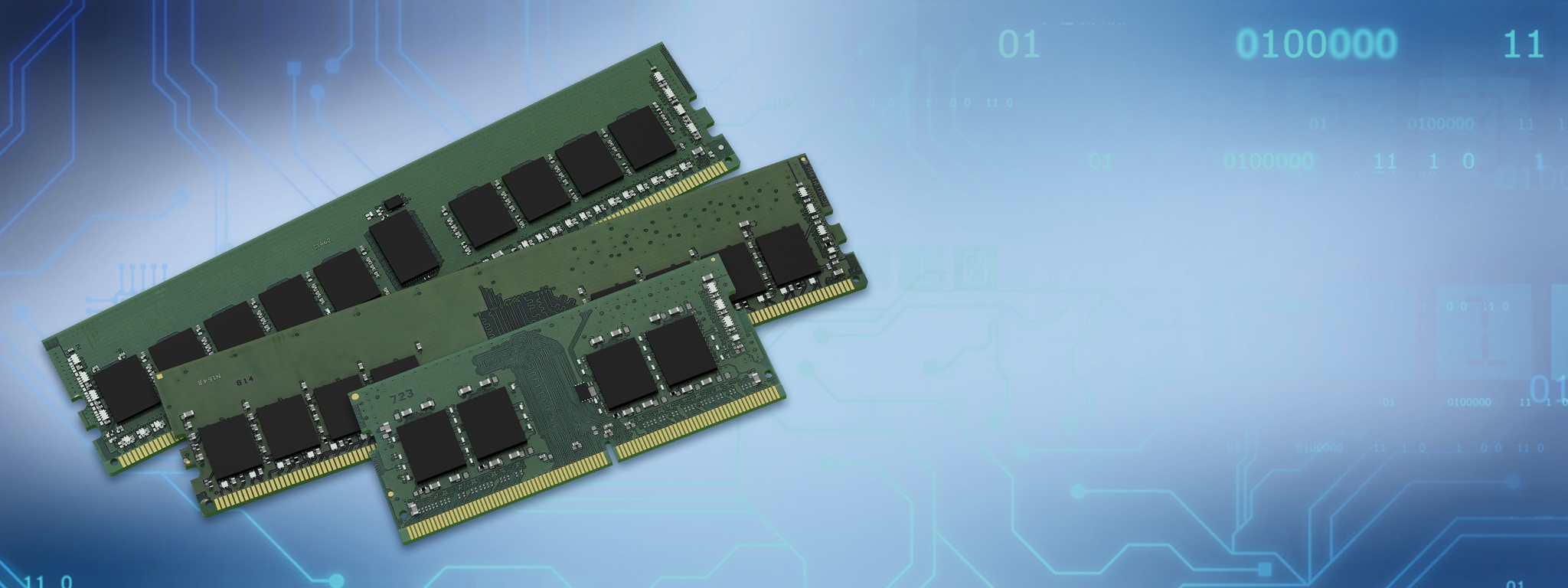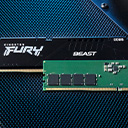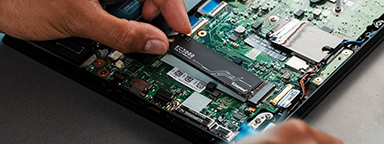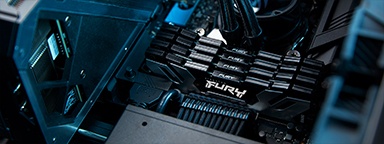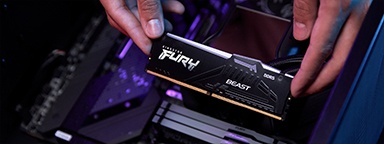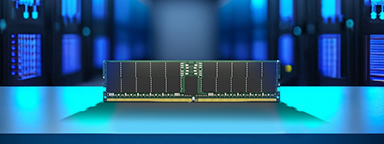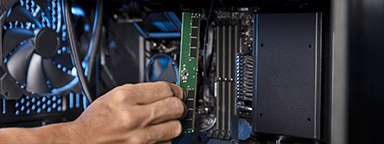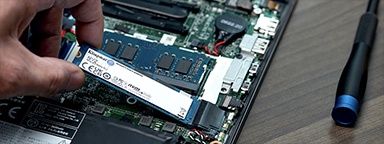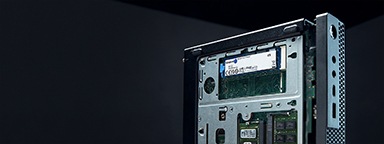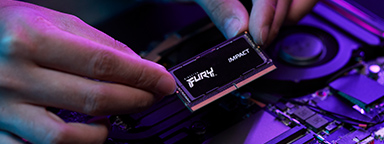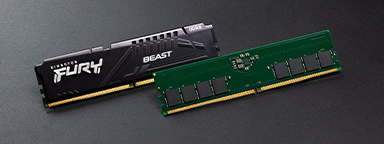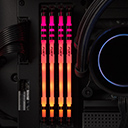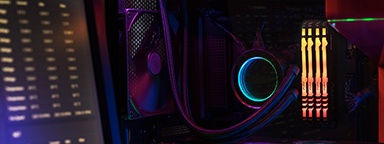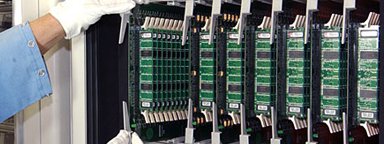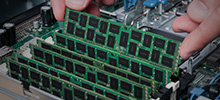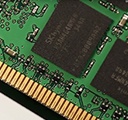At the beginning of Q4 2019, DRAM semiconductor suppliers started introducing the next-generation high-density DRAM for DDR4. These new chips are based on new wafer lithography which is below 20 nanometers. This means that DRAM is moving from 8Gbit to 16Gbit density, resulting in higher capacities per module.
Put another way, this means using half the number of chips to achieve the same capacities over the previous method. New wafer technologies and fewer components on a memory module result in lower power usage for all classes of devices, including mobile devices. This will improve battery life for laptops and deliver power cost savings for data centers and desktops in homes and offices. This new advancement will contribute to the growth of cloud computing, edge data centers, and 5G networks.
8Gbit DRAM phase out
8Gbit-based memory modules will eventually be phased out as the DRAM manufacturers concentrate most of their output on high-density 16Gbit, so it will be important for you to plan your system upgrades accordingly. Kingston will make 8Gbit-based memory modules available for as long as we are able to obtain the chips, but we cannot determine how long this will be. If you are planning a system today and computer lifespan is a priority, you should make use of components that are compatible with 16Gbit DRAM. This will ensure that your system will be upgradable.
In this short video, we give an overview of the transition—what it means for you, its benefits, and what to look out for when upgrading memory. See and feel the difference:
- Double the density for more RAM capacity
- Creating better efficiencies in systems and applications
- Help reduce power consumption
- Provides costs savings for data centers

